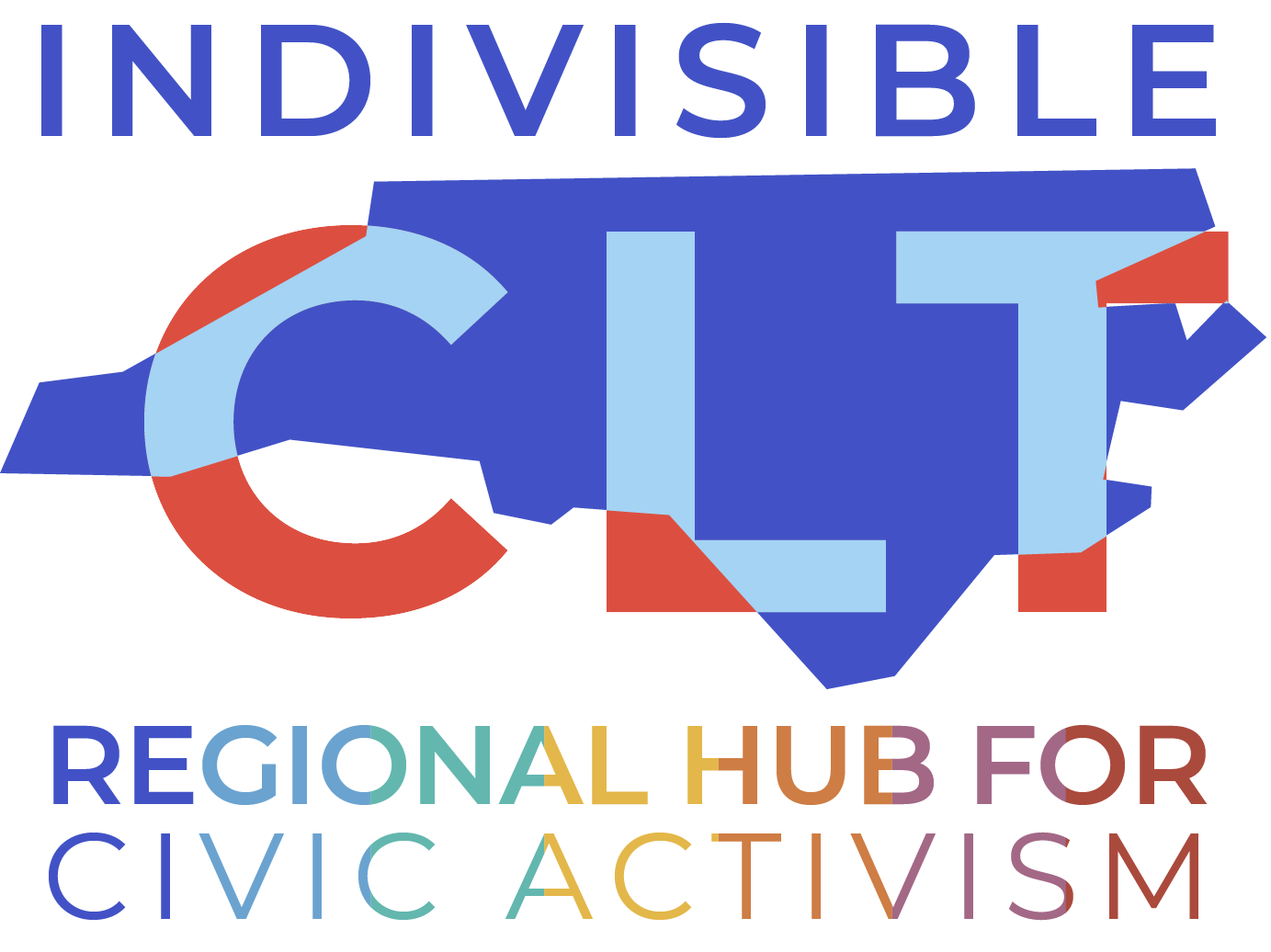Indivisible CLT Media Bias Project- Update!
By Marshal Auron and Pat Rosa
Indivisible Charlotte’s project to help our members better assess media bias was introduced in a previous In the Know article Media Bias: Fact or Fiction? Here’s an update on our progress and some detailed information on how to assess facts, analysis and opinions. Also provided is some information on as well as the challenges of using the three media bias tools identified for national and international news.
Tightening up our view: Facts vs Opinion (Source: Google’s AI tool Gemini V2.0 Flash)
Factual reporting- relies on evidence and objectivity and should be presented without opinions or biases. It should be balanced providing multiple views. The evidence should come from credible sources and be accurate.
News analysis- explains the facts and implications. If it relies on evidence and objectivity noted above, it can be considered factual. Analysis inconsistent with evidence and objectivity is a form of opinion.
Opinion – Sources that express views and perspectives often from an ideological position (e.g. right, center left). The analysis and interpretation can be affected by ideology and are aimed at persuading the audience. In effect they are advocating and mobilizing support for a particular cause, policy, political position or political party/movement.
Distinction between Fact and Opinion- There should be a clear distinction in a news source between factual articles and opinion (e.g. editorial) articles. The use and presentation of certain facts is often influenced by the writer. The aim of factual reporting is to inform the audience, while the aim of opinion/commentary is to persuade the audience.
Some things to keep in mind:
It is critical to be able to determine whether an article or report is fact or opinion since news sources often tend to blur the distinction between them.
Therefore, it’s important to rely on various news sources to be well informed. Exposing yourself to news sources from across the political spectrum (right, center, left) will help you develop a better understanding and appreciation of an issue.
Since most political success in a democracy is based on compromise, understanding views from across the political spectrum can also help engineer more successful policy proposals (Note: there are always non-negotiables such as the Constitution, the rule of law and civil rights).
Media Bias Tools: Friend or Foe?
Two specific tools are available on the internet and our team has created an AI based search tool. These tools are not perfect. It’s important to do your own “gut check” based on the Fact vs Opinion Tools above, rather than taking our (or the tool’s) word for it. Some of the challenges include:
Some of these tools are based on participant or analyst votes or assessments, which might be biased as well.
The tools do not include all news sources. As news sources have widened from traditional newspapers, news magazines, radio and television to podcasts and Substack, it’s impossible to capture everything.
The tools do not distinguish between different news presenters. This is particularly important for television and radio news that blends news and opinion. If you watch MSNBC or listen to POTUS on Sirius Radio, there are different nuanced perspectives and fact/opinion mixes for different shows.
The AI tool draws information and perspectives from various sources across the internet.
Media Bias Tools
Ad Fontes Media – Interactive tool with filters that arrays media sources from “Most Extreme Left” to “Most Extreme Right” and from “Original Fact Reporting” and “More Reliable” to “Contains Inaccurate/Fabricated Information”. Sources are rated by analysts assessing prominent articles from news sources.
Media Bias Chart | AllSides- Tool that rates only online content from Left to Center to Right by collecting information from people across the political spectrum.
AI Generated – the team created requests or “prompts” using Google’s AI tool Gemini V2.0 Flash for a media bias rating assessment using left-leaning, right-leaning and center-leaning results for the Top 50 media sources, including mainstream news sources, alternative news sources and podcasts. The results were compiled in the linked chart.
If there is a particular news source that you use and would like us to help you analyze, please let us know. Our next step is to prepare an analysis of the news sources available for North Carolina news.
A special thanks to Pat Rosa for preparing the analysis for this project.


